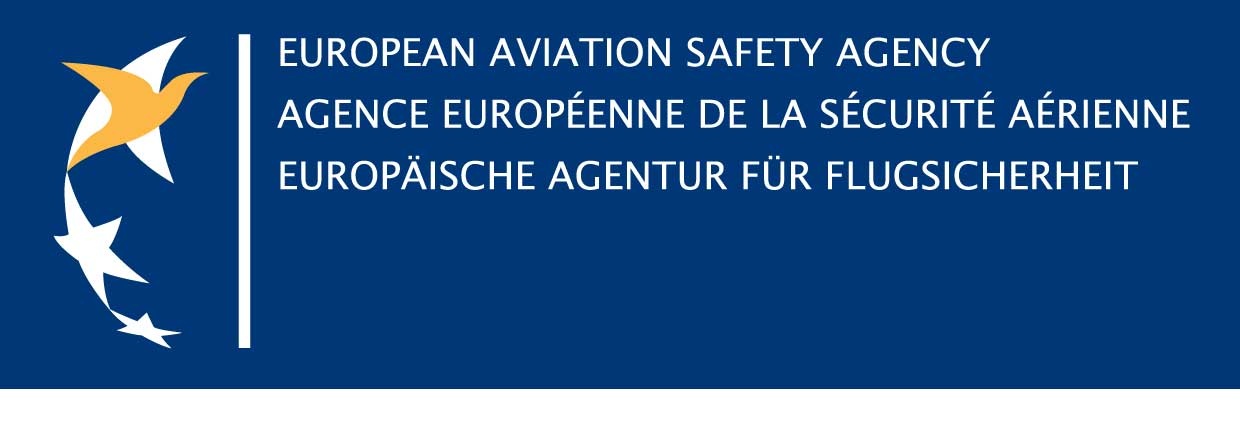Consequences are dire for airlines failing to meet 2014 compliance deadline.
The countdown for all European air transport operators to comply with strict new guidelines relating to flight ops manuals is well under way, placing further strain and pressure on airlines’ already-stretched operational resources.
The consequences for commercial operators who fail to comply by October 2014 are stark: their aircraft will be grounded by law.
The new, binding, regulations, developed by the European Aviation Safety Agency (EASA), requiring all commercial carriers to significantly restructure their flight ops manuals, became law in October 2012, with the aim to be the gold standard for airline operations manuals worldwide.
Those alterations, including number updating, changes to page ordering and in some cases the combining of entire sections, have been ordered to create a more coherent, consistent and, ultimately, safer industry standard for flight operations manuals across Europe.
Whilst endorsing the changes the UK’s Civil Aviation Authority (CAA) took the decision to allow UK operators two-years in order to update their completed manuals in line with EASA’s demands.
However, whilst the official cut off date for compliance is October 2014, the CAA has stated that it expects UK commercial airlines to submit their manuals for inspection by April.
Displaying the “added-value” credentials for which it is renowned Vistair, the leading provider of safety, management and compliance solutions to the global aviation industry, has stepped in to ensure its UK-based airline clients meet this deadline, ensuring full compliance with the EASA regulations.
Alongside a full suite of cloud-based, leading-edge solutions Vistair offers a specialist service, called DocuNet, providing its clients with up to date and fully compliant electronic flight operations manuals throughout an entire airline.
So, when its DocuNet clients began approaching Vistair about the new EASA regulations, the company decided that, rather than simply offer advice and guidance, it make a special point of providing an expert service and process the updates in their entirety for them.
Leading the project for Vistair is Nick Webb, team leader in the DocuNet team. He said: “The consequences for airlines who fail to meet the deadline are dire – if they haven’t updated their manuals in line with EASA’s requirements by October 2014 then by law they won’t be allowed to fly their aircraft.
“For that reason we made it a priority to learn the new regulations inside out so that we could provide expert services to enable compliance and in essence do the heavy lifting of the manual update process for them, freeing them to do what they do best, which is run successful airlines.”
Nick, who has a background in aircraft maintenance engineering and was also in the Royal Air Force before joining Vistair, added: “The general feeling from clients is that these new EASA regulations have created a huge amount of extra work for them to do.
“However, on the positive side, they do see the value in getting their manuals in order and rationalising the format, and are extremely appreciative that we are able to take a huge weight off their hands.”
Vistair CEO Ian Herbert said: “Since the business was founded more than a decade ago we have always taken great pride in being able to go ‘one step further’ than our clients expect.
“So, whilst we endeavour to provide the best possible experience for our aviation clients in terms of the services they use and the customer service they receive, we are also constantly looking for ways to add that little bit more, and taking on board the EASA manual changes on our clients’ behalf is a perfect example of that.”
